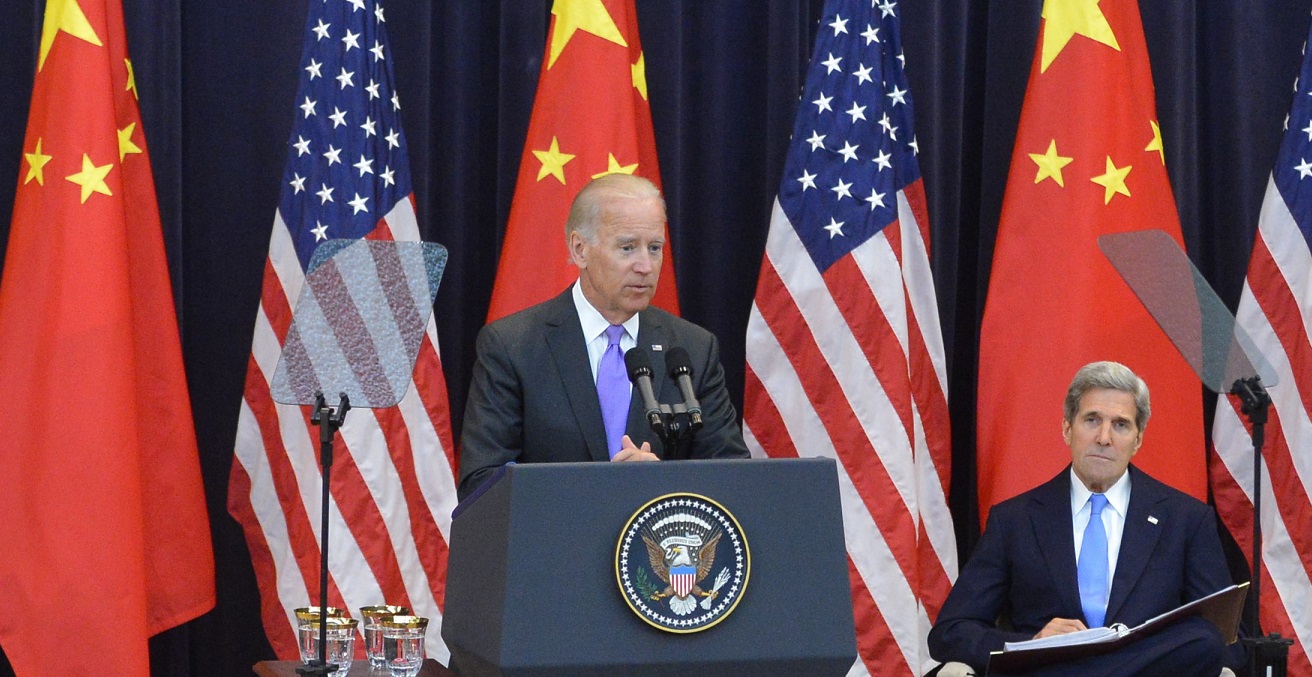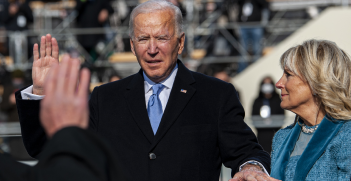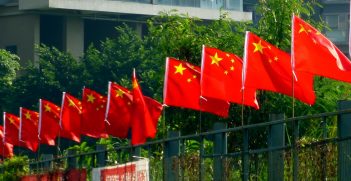What President-Elect Biden Needs To Know About China

Amid the frenzy of the final stages of the U.S. presidential campaign, the fifth plenum of the 19th Chinese Communist Party National Congress was held on October 26-29. At this event, China’s leaders gathered to plan the country’s future.
This is an article published earlier and selected by our committee of commissioning editors as one of the best of 2020.
Some consequential policies were put in place at this gathering that will affect the trajectory of U.S.-China relations over the next few decades, and President-elect Joe Biden’s team will need to know all about it to understand where China is headed and to address some of the problems affecting the troubled relationship.
Party plenums are meetings of the Chinese Communist Party’s (CCP) top leaders – the Central Committee – and these meetings create the five-year plans for China’s economy, political system, foreign relations, and domestic affairs. This year’s plenum resulted in China’s 14th five-year plan, and it issued a communique explaining its ambitions. According to tradition, the plenum’s deliberations were conducted in private in the absence of independent press and witnesses.
There are several takeaways that the new administration will need to know. First, China expects its GDP to exceed US$14.9 trillion in 2020, up from $14.4 trillion in 2019. This is a notable feat given the setbacks it suffered from COVID-19 in the first half of 2020.
Second, Beijing is pursuing “dual circulation,” a strategy to build economic self-reliance in China by increasing domestic consumption while remaining engaged in foreign trade. Amid China’s souring relations with the US and Western Europe, it seeks to rebalance its economy to be less reliant on commerce with overseas counterparts and to ensure more sustainable growth through its domestic market. Beijing’s intention is to achieve self-sufficiency to blunt future US attempts to control supply chains affecting China.
The “dual circulation” plan comes amid a backdrop of falling international trade and efforts by the US to decouple its economy from China, deny companies like Huawei from access to American tech, and repatriate key manufacturing capabilities affecting national security and public health. Washington is intent on cutting its dependence on China for pharmaceuticals, medical supplies, personal protective equipment, telecommunications and 5G, and, over the longer term, the mining and processing of rare earth metals.
China will seek to decrease its dependence on US-made semiconductor chips while building up its capabilities to manufacture chips domestically and foster indigenous technological innovation in key areas such as supercomputing, quantum computing, artificial intelligence, robotics, mobile devices, electric and hydrogen-powered vehicles, renewables, informatisation, space, biotechnology, urbanisation, and agricultural modernisation.
The five-year plan calls for China to build the framework for increasing its per capita GDP to a level that reflecting a “moderately developed nation” by 2035 and to become a fully modernised technological, economic, scientific and military power by 2050. There is speculation that the communique’s 2035 timeframe indicates Xi Jinping’s intentions to remain in power beyond the traditional ten-year term for Chinese presidents. This is consistent with the National People’s Congress’ 2018 changing of the Chinese constitution to remove term limits on the presidency, effectively giving Xi the ability to remain in power indefinitely.
According to the communique, China will increase the pace of efforts towards low-carbon development. This dovetails with Xi’s announcement at September’s virtual United Nations General Assembly that China is targeting carbon neutrality by 2060.
Concerning Hong Kong and Macau, Beijing will continue its policy of maintaining “long-term prosperity and stability” for the two territories, and it will promote “peaceful reunification” of Taiwan and China.
Beijing will shorten the haves and have nots income divide between urban and rural residents, an issue that has brought significant tensions within Chinese society in recent decades. It will also work to further open the economy and implement property rights reform although no details were provided in the communique.
Concerning national security, the communique stated that Beijing will “comprehensively strengthen military training and preparation for war.” This reference to China’s armed forces is indicative of Xi’s increasingly aggressive stance towards the South China Sea, Taiwan, and Beijing’s and New Delhi’s increasingly deadly border tensions in the Himalayas.
Given the souring of US-China relations in recent years, it is unlikely that ties will improve any time soon, regardless of who occupies the White House. With its fifth plenum, Beijing has set forth a determined plan that it believes will put China on a path to match and overtake the US in the technological, scientific, economic, and security realms. The communique offers signs of a bullish mindset on the part of the CCP, reflecting a belief that China’s advance is unalterable and will be realised on a shorter timeframe than even they had anticipated.
President-elect Biden’s team must be cognizant of this reality and develop its own plan to boost competitiveness and capabilities amid this new era of strategic rivalry with Beijing. It will also need to work with Asian partners to implement a comprehensive, adaptable China policy aimed at safeguarding interests and work with Beijing on areas of common concern.
Ted Gover, PhD (@TedGover), writes on foreign policy and is Director of the Tribal Administration Program at Claremont Graduate University.
This article is published under a Creative Commons License and may be republished with attribution.





